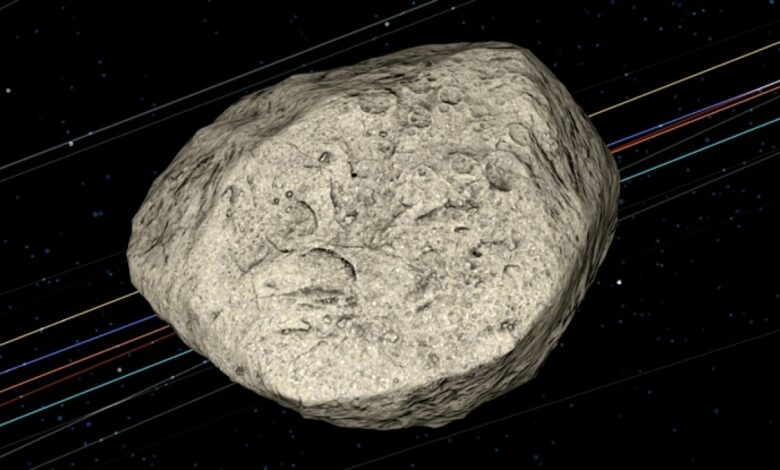Will Earth’s Gravitational Apophis Asteroid Change in 2029? Discover it!

A close encounter between Earth and asteroid 99942 Apophis is expected to occur in April 2029. Named after an ancient Egyptian deity associated with darkness and disorder, Apophis will pass within 32,000 kilometers (20,000 miles) of Earth. According to recent simulations from the Johns Hopkins University Applied Physics Laboratory, this event could cause significant shifts on the asteroid’s surface due to Earth’s gravity.
Surface disturbance predicted by simulation
The study was led by planetary scientist Dr. Ronald Ballouz and was published The Planetary Science Journal. It suggests that Apophis’ proximity to Earth could cause seismic disturbances on its surface. These effects can cause surface motions measurable from Earth, giving scientists an unprecedented opportunity to observe near-Earth asteroids in a unique way. The asteroid, about 335 meters (1,100 feet) across, was initially calculated to be on a possible collision course with Earth when it was discovered in 2004. The current analysis has confirmed that there is no threat of an impact in the near future.
Possible impact on the asteroid’s rotation
According to one report by Space.com, another expected outcome is a change in Apophis’ rotational state. As the asteroid approaches Earth, gravitational forces could change its spin, which could lead to a new surface shape as the asteroid continues to orbit the Sun over time. Previous research has suggested that asteroids that show less space weathering than expected, such as 25143 Itokawa, may owe these features to closing planetary flybys. This particular flyby will thus allow scientists to study such transformations directly.
An opportunity for observation
Because Apophis is expected to be visible without telescopes during its approach. As reported, researchers expect to capture detailed images of any changes. Findings from this study are expected to advance understanding of the impact of close encounters on near-Earth objects, potentially influencing future research and asteroid monitoring efforts.




